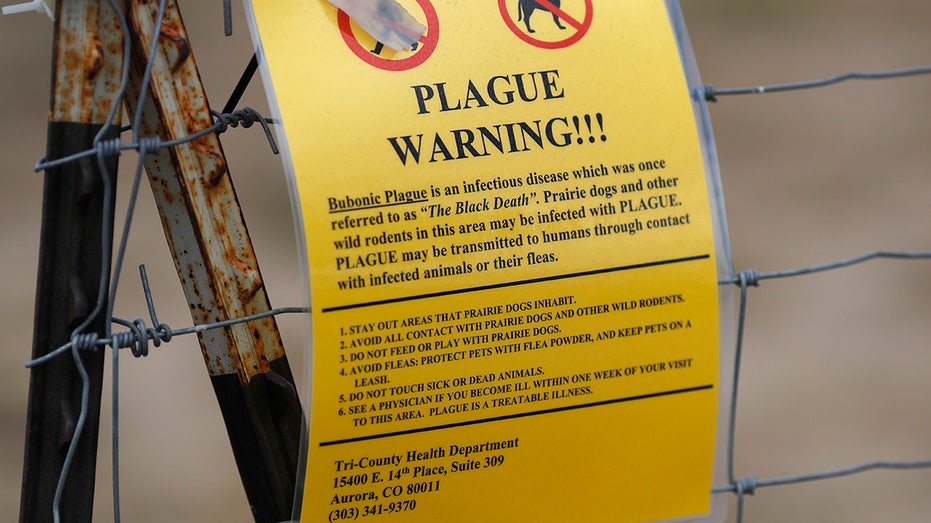
An Arizona resident has died from pneumonic plague, marking the first fatal case in Coconino County in nearly two decades. Local health officials confirmed that the victim, whose identity remains undisclosed, lived in an area that includes Flagstaff. The last recorded death from pneumonic plague in this region occurred in 2007.
Pneumonic plague is a severe lung infection caused by the bacterium *Yersinia pestis*. It is the most dangerous form of the plague, leading to rapid respiratory failure and often death if untreated. According to the Centers for Disease Control and Prevention (CDC), the disease is most commonly found in rural areas of northern New Mexico, northern Arizona, southern Colorado, California, southern Oregon, and western Nevada. In the United States, approximately seven cases are reported each year, primarily in the western states.
The transmission of pneumonic plague occurs mainly through flea bites from infected wild rodents, contact with infected animals, or, in some cases, through respiratory droplets between humans. This highlights the significance of awareness and preventive measures in areas where the disease remains a concern.
The recent case in Arizona underscores the ongoing risks associated with the plague. While it caused millions of deaths during the 14th century Black Death, advancements in medicine now allow for effective treatment with antibiotics if diagnosed early. The Cleveland Clinic notes that pneumonic plague can lead to severe pneumonia and respiratory failure, emphasizing the importance of prompt medical attention.
Despite the historical context of the plague, current occurrences are rare. The disease is more prevalent in certain geographic areas, with the CDC monitoring its status in the United States and advising the public on preventive health measures.
As health officials investigate the circumstances surrounding this recent case, it serves as a reminder of the enduring nature of infectious diseases and the importance of public health vigilance. The Arizona Department of Health Services is expected to provide further updates as more information becomes available.







